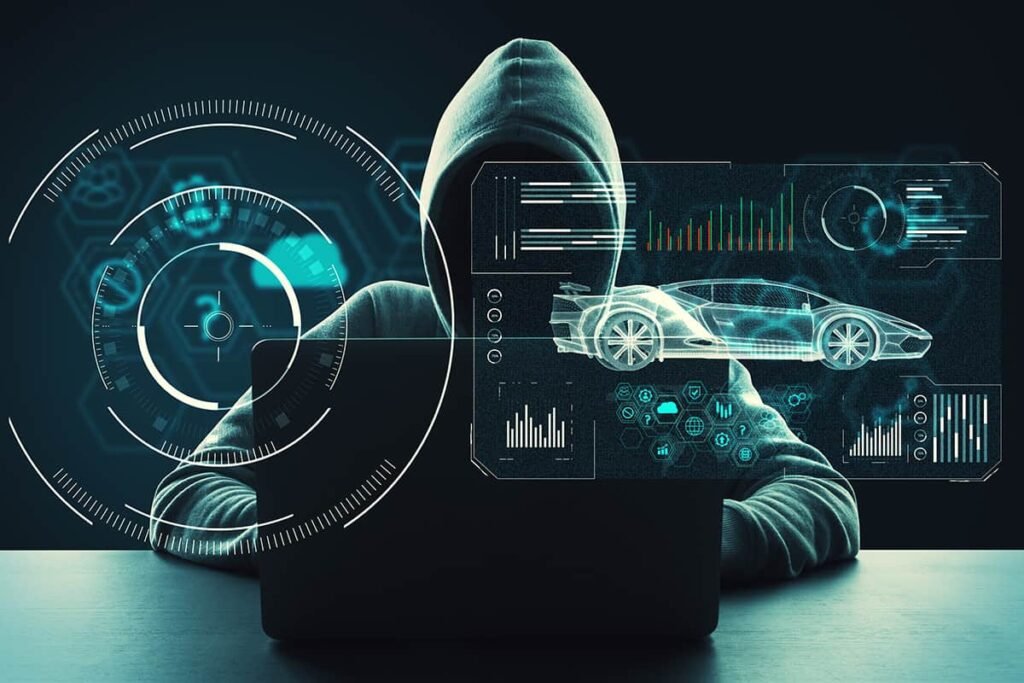In today’s interconnected world, where technology is advancing at an unprecedented pace, even our vehicles have become vulnerable to cyber threats. The rise of automotive hacking has brought forth critical concerns regarding the security and safety of modern vehicles. This blog post delves into the emerging landscape of automotive cybersecurity, highlighting the challenges, potential risks, and measures to secure vehicles in the digital age.
- Understanding Automotive Cybersecurity:
- Exploring the interconnected nature of modern vehicles and the growing reliance on digital systems.
- Discussing the increasing prevalence of automotive hacking incidents and their potential consequences.
- Key Vulnerabilities in Connected Vehicles:
- Exploring the various entry points that hackers can exploit in connected vehicles.
- Highlighting potential risks related to infotainment systems, telematics, wireless communication, and more.
- Real-Life Examples:
- Examining high-profile cases of automotive hacking, such as remote vehicle control, GPS manipulation, and unauthorized access to critical systems.
- Highlighting the potential dangers and impacts on driver safety and data privacy.
- Emerging Automotive Security Technologies:
- Discussing advancements in automotive security solutions, such as intrusion detection systems, secure communication protocols, and secure software development practices.
- Exploring the role of machine learning, artificial intelligence, and blockchain in securing connected vehicles.
- Collaborative Efforts in the Automotive Industry:
- Highlighting the collaboration between automakers, technology companies, and cybersecurity experts to address the challenges of automotive hacking.
- Discussing industry standards, regulations, and initiatives aimed at enhancing vehicle security.
- Best Practices for Vehicle Owners:
- Providing practical tips for vehicle owners to safeguard their vehicles against cyber threats, such as keeping software up to date, using strong and unique passwords, and avoiding unauthorized modifications.
- The Future of Automotive Cybersecurity:
- Discussing the anticipated advancements and challenges in the field of automotive cybersecurity.
- Exploring the potential impact of autonomous vehicles on cybersecurity.
Conclusion: As vehicles become more connected and digitized, ensuring their cybersecurity is paramount. The rise of automotive hacking necessitates a proactive approach to secure vehicles and protect driver safety. By understanding the vulnerabilities, leveraging cutting-edge technologies, and fostering industry collaboration, we can embrace the digital age of mobility while safeguarding against emerging cyber threats.


